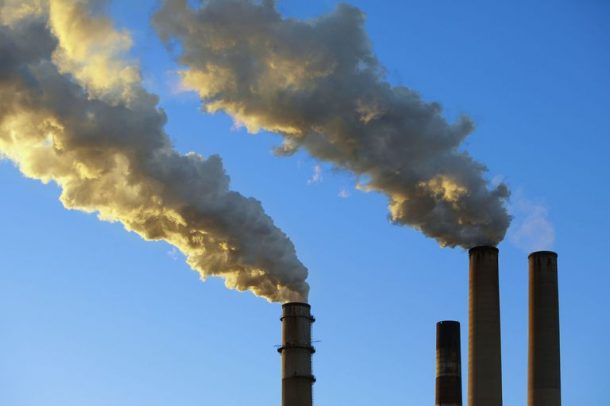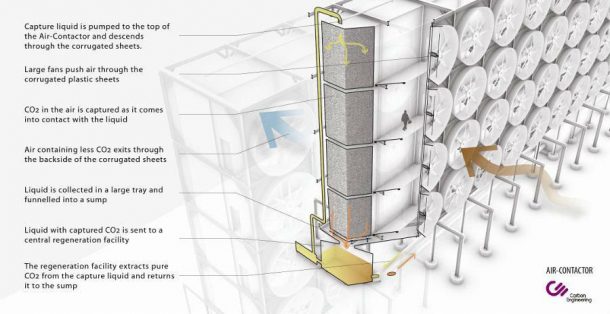This is more like an environmentalist dream that a factory sucks carbon dioxide from the air itself and converts it into fuel which can be used as a fuel in cars and planes. This dream has now become a reality by a team of scientists at Harvard University and Carbon Engineering. If the process is implemented on a large scale, it can prove to be a very promising future for the climate change. In 2011, experts estimated that it will cost at least $600 to remove a metric ton of carbon dioxide from the atmosphere. The latest approach can remove the same amount of carbon dioxide for as little as $94.

It mostly relies on the pre-existing processes and techniques like cooling towers and paper mills. The technique involves three major steps to perform the conversion. First is to suck the outside air into a factory contractor and then expose it to an alkaline liquid. When the air meets the strong base, it converts into water liquid which contains carbon dioxide. In the factory, it undergoes many chemical reactions and then separates the base from the acid. This technique is usually performed in paper mills. In the end, carbon dioxide is combined with hydrogen and converted into liquid fuels which include the ones that are used to give power to cars and planes. Researchers are very optimistic and hopeful about the technique.

Scientists have tested the technology in a pilot plant in Squamish, British Columbia, and the team is trying to get funding to build an industrial-scale version of the plant. If the experiment becomes successful, it will give a solution to some of the hardest to decarbonize parts of the economy which is steel and cement manufacturing or the long-distance air travel. The removal of carbon dioxide will amount to something between three to five percent of the global GDP. Ken Caldeira, a senior scientist at Carnegie Institution said, “This puts an upper bound on how expensive it could be to solve the climate problem, because there are lots of ways to reduce emissions for less than $100 a ton.”


